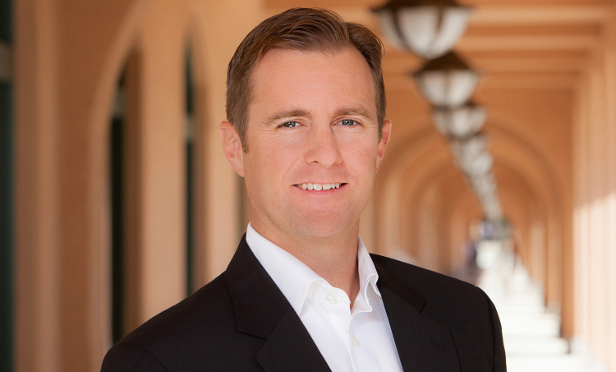 San Diego industrial rents have far surpassed the prior peak. Low finish industrial rents are up 27.6% over rents in 2007, and last year, industrial rents increased 10.2%. This is rapid rent growth, considering industrial rents in the market have grown an average of 7.1% in the last five years, according to research from JLL. New quality product and new demand from a diverse user base has driven the industrial activity. As a result, the asset class has become the darling of the market.
San Diego industrial rents have far surpassed the prior peak. Low finish industrial rents are up 27.6% over rents in 2007, and last year, industrial rents increased 10.2%. This is rapid rent growth, considering industrial rents in the market have grown an average of 7.1% in the last five years, according to research from JLL. New quality product and new demand from a diverse user base has driven the industrial activity. As a result, the asset class has become the darling of the market.
“The downturn we experienced after the last cycle had a deep impact on how owners and occupiers approached real estate,” Andy Irwin, VP at JLL, tells GlobeSt.com. “Occupiers were very cautious with the expansion plans. It took a few years to go through the glut of inventory left over from the downturn. Additionally, Industrial occupancy and rents usually lag a few quarters behind the other commercial real estate asset classes. When leasing activity in this cycle started to heat up, it came on quickly with rents growing more than 10% per year in many of the San Diego submarkets.”
Development activity has been a major driver of rates. In the eight years from 2000 to 2008, 18 million square feet of new industrial space came to the San Diego market. From 2009 to present—a total of 11 years—only 6 million square feet came to market. While development activity is picking up, this combination of tempered construction and growing demand contributed to a tightening supply that fueled rent growth. “This cycle has been longer running that then last cycle and has seen on-third of the amount of new industrial buildings delivered to the market,” says Irwin. “Future development is limited because a very limited supply of remaining industrial land, rising land costs and very high entitlement and construction costs. With this barrier of new product, vacancy rates will remain low keeping positive pressure on rents.”
E-commerce and third-party logistics users as well as craft breweries, defense and life science companies have been active users this cycle, helping to fuel rent growth. While the construction pipeline is starting to grow, Irwin expects that rents will continue to increase alongside this strong demand. “Tenant demand remains strong,” he says. “Most of the buildings currently under construction have preleasing activity. Very little of the new supply will be available for lease. The result will be continued rent growth.”
© Touchpoint Markets, All Rights Reserved. Request academic re-use from www.copyright.com. All other uses, submit a request to [email protected]. For more inforrmation visit Asset & Logo Licensing.






